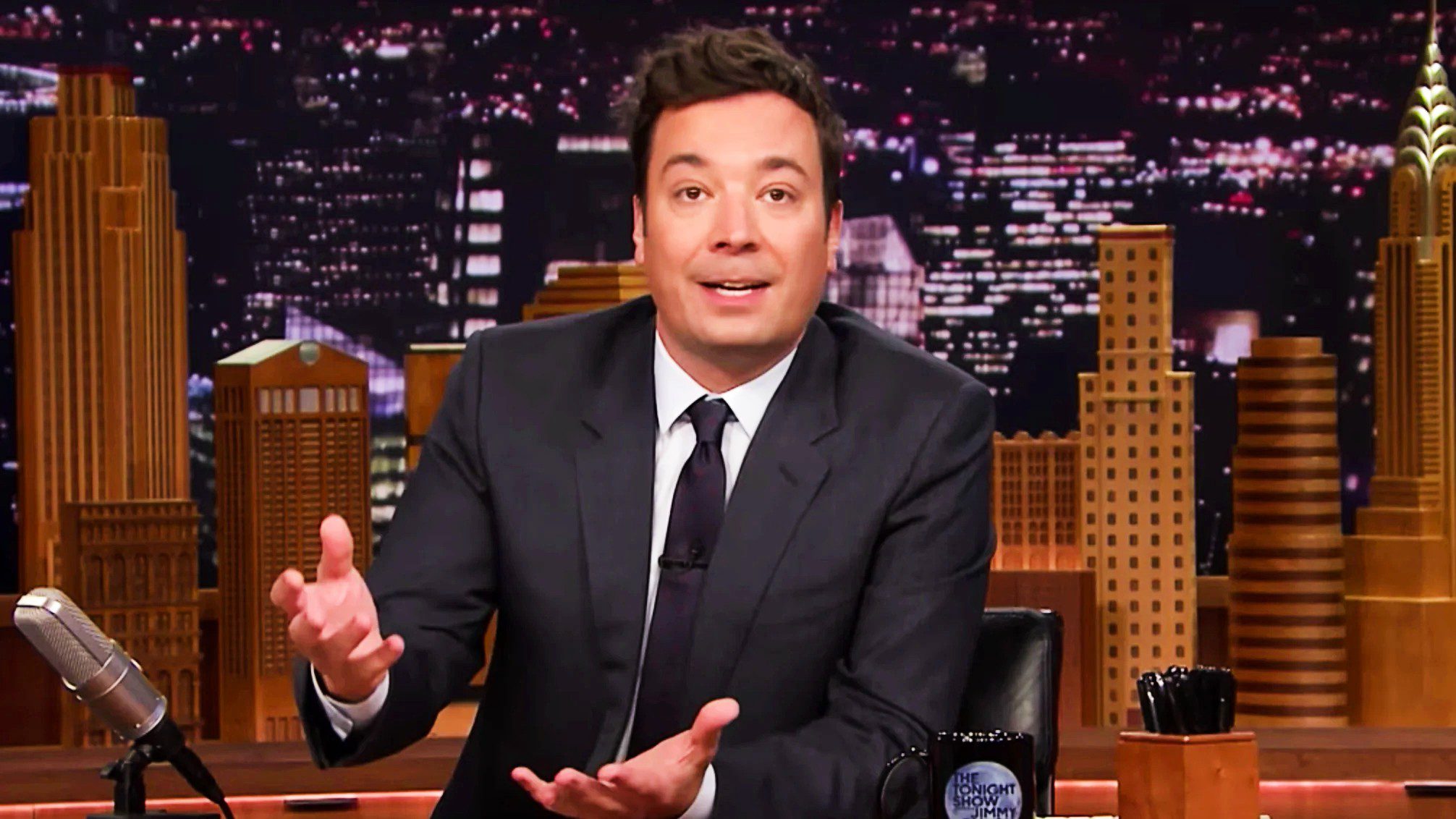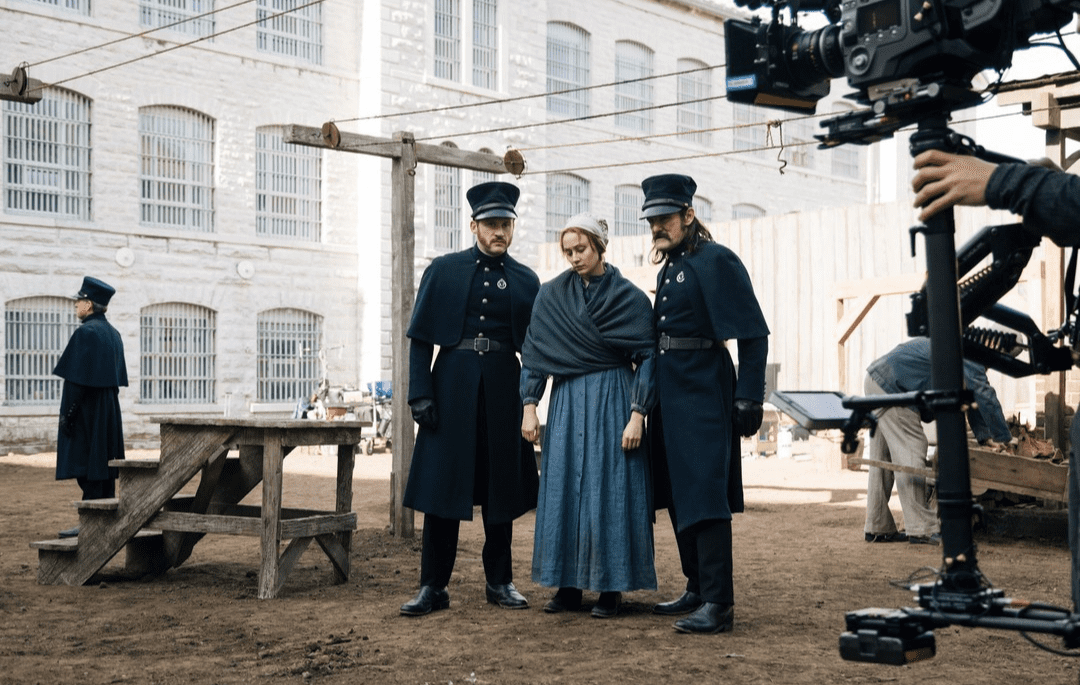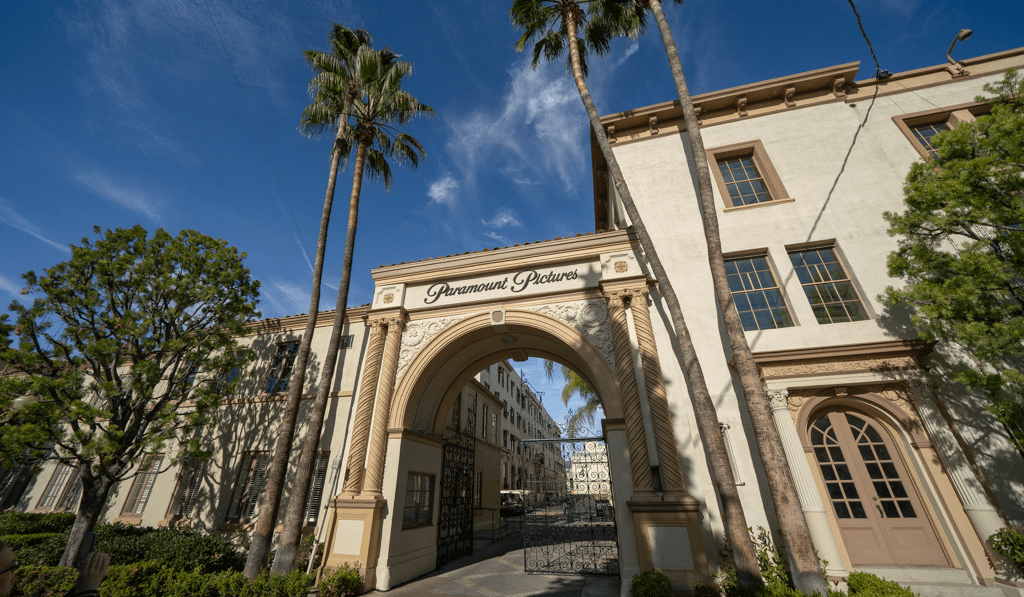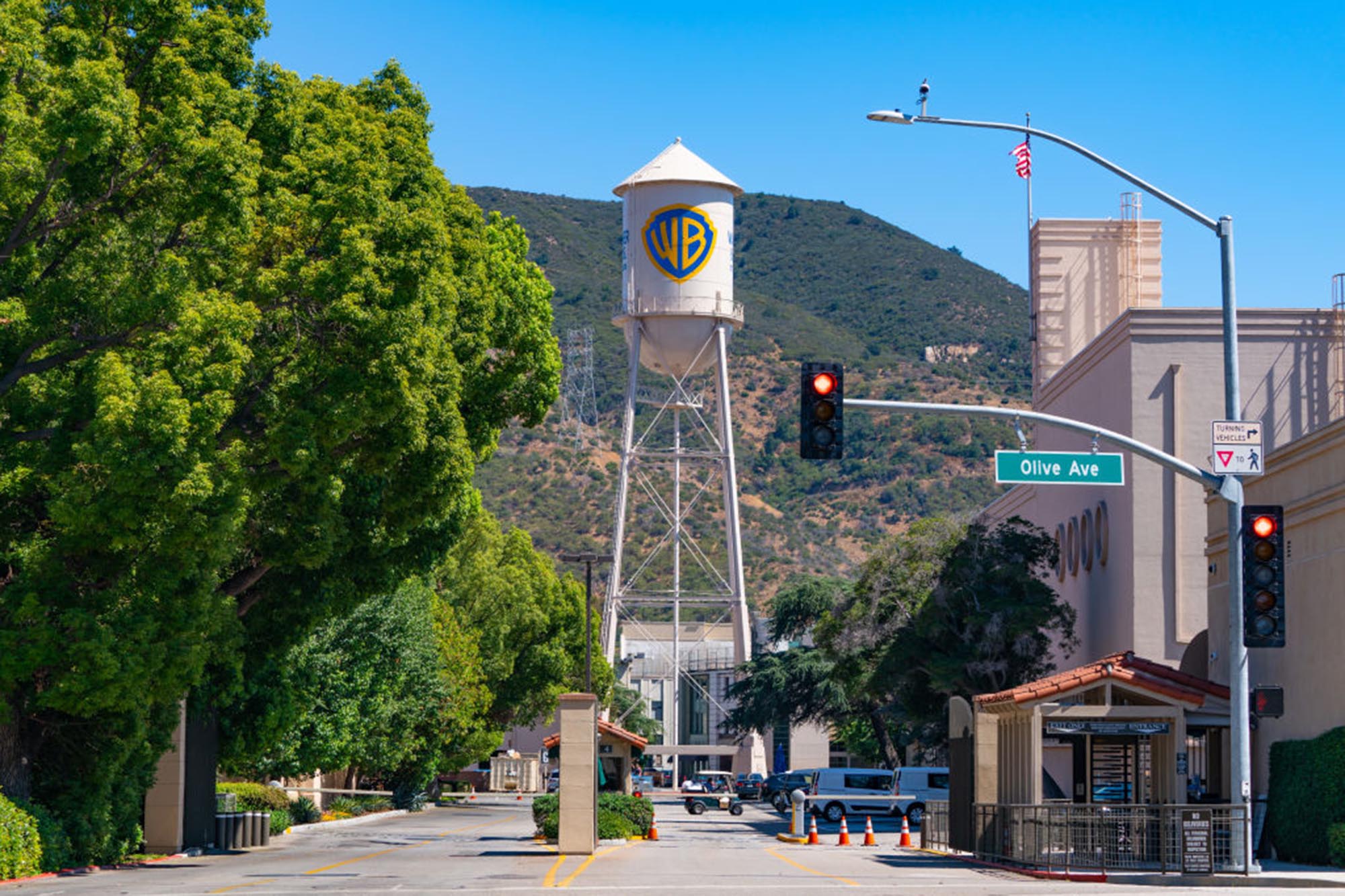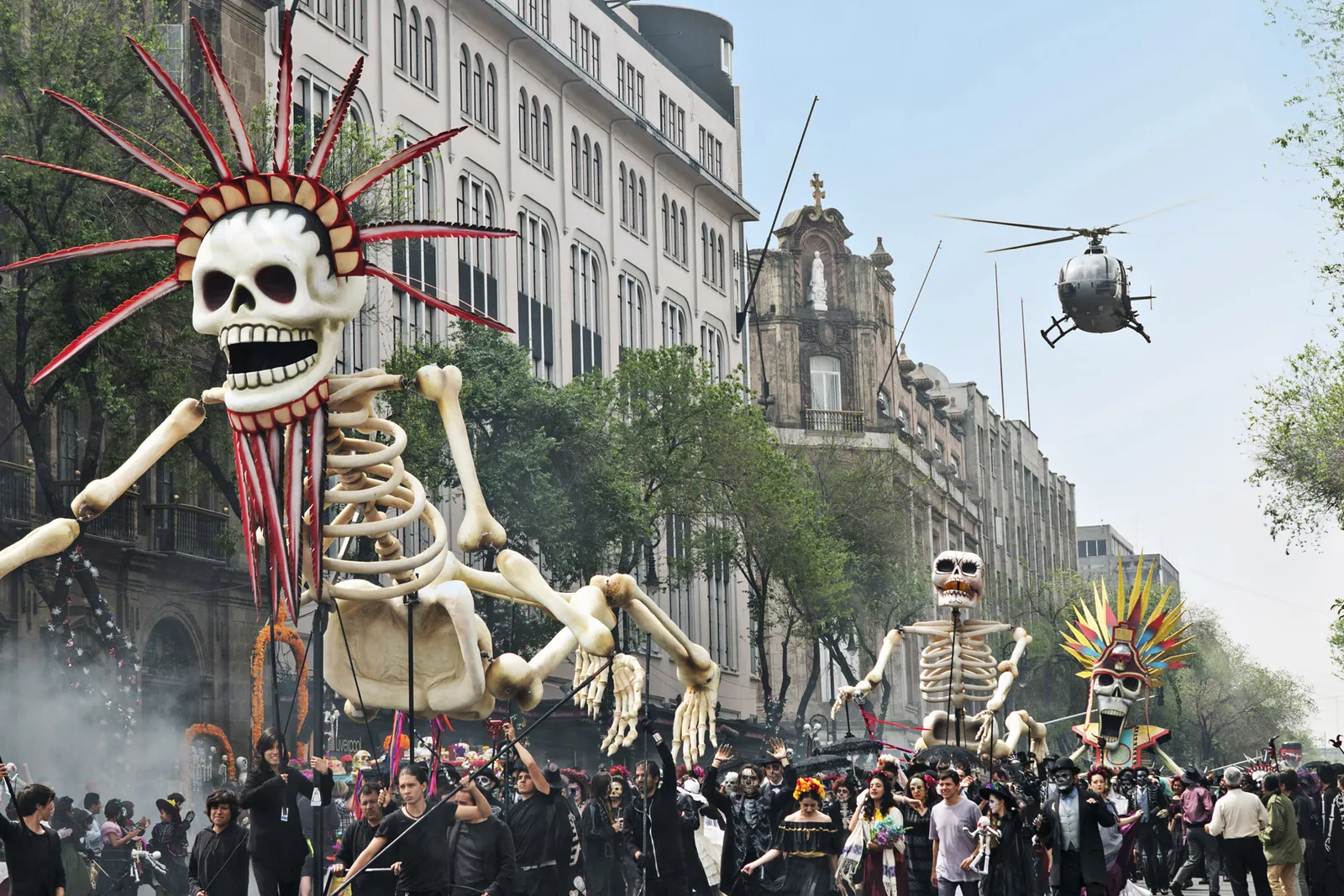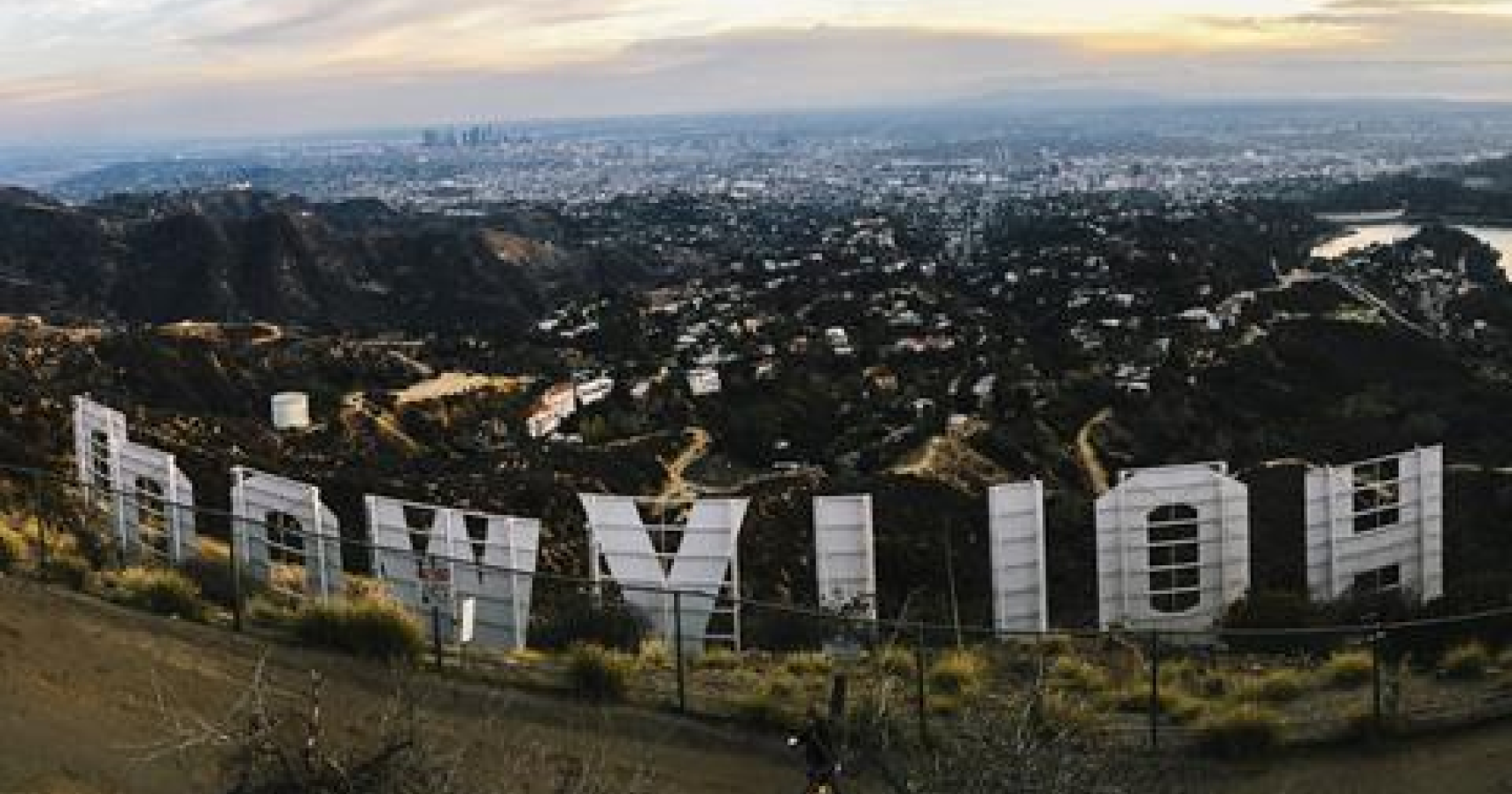After nearly 150 days, Hollywood studios have finally come to a tentative agreement with the Writers Guild of America for a new contract. Barring unforeseen objections from WGA members, the writers’ portion of the Hollywood strike is effectively at an end.
So, how soon will your favorite shows be back on your screens? When will your most anticipated films head back into production?
The short answer: As soon as possible. WGA members have consistently said they’re eager to get back into the writers rooms, and the studios, represented in guild negotiations by the Alliance of Motion Picture and Television Producers, have taken a heavy financial hit during the strike and need to restart production urgently to reverse it.
But before that can happen, some other boxes need to be ticked off first, starting with ratification of the contract.
In the coming days, the specific language of the deal will need to be codified in official writing. From there, the WGA Negotiating Committee will vote on whether to recommend and send the agreement to the guild’s board for approval. That vote is tentatively scheduled for Tuesday.
Once they have the contract, guild leaders will send it to members for a ratification vote. The guild hasn’t provided a timeline for that particular vote yet, but it will need to provide enough time for members to review the contract before casting votes.
That said, guild leaders could decide to lift the restraining order and end the strike at a certain date and time, currently to be determined, pending ratification. Per the WGA, this would allow writers to return to work during the ratification vote, but would not affect the membership’s right to make a final determination on contract approval.
For now, writers are not to resume work until authorized by the guild.
Another complicating factor is SAG-AFTRA, which has been on strike since July 13, and who the WGA has vowed to support through the end of their side of things.
As of this writing, the actors guild and studios have not set a date to pick negotiations back up, but insiders say resuming talks with the actors has been top of mind for some studios, especially when talks with the WGA hit another standstill.
As actors and writers went on strike for largely the same reasons, it’s likely the actors guild is motivated to secure a deal on terms similar to WGA’s as soon as possible.
One of the last sticking points in talks between WGA and AMPTP was securing protections for members who would want to wait until SAG-AFTRA has a deal before returning to work. Or, as WGA put it in a memo to members in early August, “to honor other unions’ picket lines as they have honored ours during this strike.”
It isn’t yet known what the deal includes. Notably, the WGA suspended its own picket lines Sunday, but urged members to join SAG-AFTRA pickets until the guild gives the go-ahead to return to work.
Once the WGA deal is ratified, some shows will be able to start sooner than others — namely, talk shows and variety productions like “Saturday Night Live” that are under SAG-AFTRA’s network code deal, which secured a three-year deal in 2022. At the end of August, “SNL” director Liz Patrick told TheWrap her hope is that the sketch series can be a “light switch” production.
“I don’t want to speak as the voice of ‘SNL,’ but I will say, from my perspective of it all, as soon as the strikes are resolved, I think we are the type of show that literally, if we know by Monday or Tuesday… we just turn the lights on and we go,” she said at the time.
Then there’s the talk shows. Daytime shows like “The View” and more have continued on amid the strike, just without WGA writers. In May, Whoopi Goldberg explained that viewers would see what the show looks like “when it’s not slicked up.”
And indeed, the women — along with the hosts of multiple other daytime shows — have effectively improvised their material since, keeping things on the air. So, in theory, their typical writers could simply walk in the next day after ratification, and the show won’t miss a beat.
As for late night, that’s a little less clear but expect Meyers, Fallon, Colbert, etc. to be some of the first to return to work. As we noted, they are among those who could come back the fastest — much like they were the first to go dark — but the exact timeline would be at the discretion of each show. That said, an individual with knowledge of the matter told TheWrap in August that late night could be up and running in as little as two weeks.
Reps for the series did not immediately respond to TheWrap’s request for comment.
Scripted series will undoubtedly be the last to return to screens. While writers can get to work on new scripts, TV shows still need actors to return to work. Former NBC studios president Tom Nunan told TheWrap in August that “the sunniest scenarios would have network shows back in production in January.”
But insiders note that it could happen quicker than people might think. On Thursday, “Law & Order: SVU” showrunner Warren Leight outlined a path on X, formerly known as Twitter, that would allow for 13-episode seasons of scripted series to survive if the strike ended by October.
“Writers — once hired — would need less than the normal five or six weeks of lead time to start the season, since they’d ‘only’ be doing 13 episodes,” Leight wrote. He went on to say that if “everybody agreed” to having one week off for the Christmas break rather than the traditional two weeks of unpaid leave, productions “might be able to get five eps shot before the new year.”
Warner Bros. Discovery CEO David Zaslav was also optimistic this month, telling analysts during an investor conference hosted by Goldman Sachs at the start of September that “as soon as these strikes are resolved, everybody is ready to get back to work.”
Like we mentioned though, SAG still needs to reach a deal themselves. Without actors, no scripted series will return. But, “Star Trek: Picard” actress and the actors guild’s Los Angeles VP Michelle Hurd explained to TheWrap in August that there was very little chance that SAG would get back into talks before the WGA got their own deal.
“The bottom line is that we can’t go back into negotiations until they come to an agreement with the WGA,” Hurd said at the time. “So this makes it, you know, as long as there’s actual true good faith bargaining happening, then that path to us getting back is closer, because they’re at that table.”
Article originated in: The Wrap

